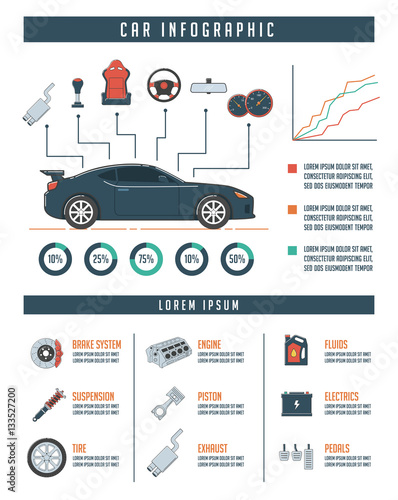The Importance Of Regular Tire Upkeep: Exactly How To Evaluate And Revolve Tires
The Importance Of Regular Tire Upkeep: Exactly How To Evaluate And Revolve Tires
Blog Article
Material Written By-Olson Munn
Ensuring your tires are in leading problem is more than just a routine task-- it's a security crucial for every trip you embark on. From keeping appropriate atmospheric pressure to checking for wear and tear, the health of your tires straight impacts your car's efficiency and your wellness on the road. Yet what are the essential actions to take to keep your tires in prime shape? Allow's check out the critical facets of tire maintenance that you should not overlook.
Benefits of Regular Tire Upkeep
Routine tire upkeep supplies a variety of benefits that can enhance your driving experience and guarantee your safety when driving. By maintaining your tires effectively blew up, you improve fuel performance, conserving you cash at the pump.
Well-maintained car ac and heat repair near me provide far better grip, reducing the danger of crashes, especially during harsh weather condition. Properly straightened and well balanced tires cause a smoother adventure, lessening resonances and enhancing general lorry handling.
Regularly rotating your tires advertises even step wear, prolonging their lifespan and conserving you from premature replacements. In addition, preserving the correct tire pressure can stop blowouts and apartments, lowering the possibilities of unforeseen breakdowns when driving.
Tire Assessment Guidelines
When evaluating your tires, it's vital to pay attention to different vital aspects to guarantee they remain in ideal problem for safe driving. Start by checking the tire pressure utilizing a stress scale to guarantee it matches the producer's suggested level.
Examine the step depth by placing a dime upside down into the walk grooves; if you can see all of Lincoln's head, it's time for brand-new tires. Search for any kind of indicators of unequal wear, which might suggest alignment issues or inappropriate inflation.
Look for cuts, bulges, or cracks on the tire sidewalls, as these can bring about blowouts. Furthermore, analyze the tire valves for damages or leaks. Remember to evaluate all 4 tires, consisting of the spare if appropriate.
Appropriate Tire Rotation Techniques
To make certain even put on and extend the life expectancy of your tires, it's vital to comply with correct tire turning techniques. visit my homepage helps distribute use uniformly across all 4 tires, promoting longer step life and enhancing overall performance. Start by checking your vehicle's guidebook for the suggested rotation pattern. Generally, front-wheel-drive, rear-wheel-drive, and all-wheel-drive vehicles have different rotation patterns to account for varying wear patterns.
For many cars, the recommended tire turning interval is every 6,000 to 8,000 miles, but this might vary, so it's important to consult your guidebook.
When turning your tires, switch the front tires with the rear tires, moving the left back tire to the left front position and the other way around. Bear in mind to also cross the back tires to the opposite sides when relocating them to the front. This straightforward yet efficient rotation strategy helps make certain that all tires use equally, maximizing their life expectancy and preserving ideal performance.
Conclusion
See to it to focus on regular tire upkeep to keep your car running efficiently and securely. By adhering to basic examination standards and correct turning methods, you can expand the life-span of your tires, enhance gas efficiency, and improve general efficiency when traveling. Do not ignore the significance of caring for your tires - it's a small initiative that can make a big difference in your driving experience.
